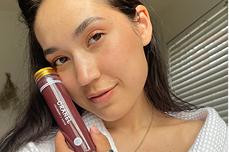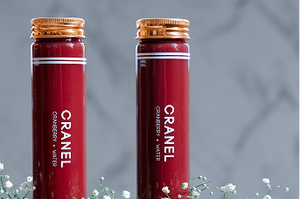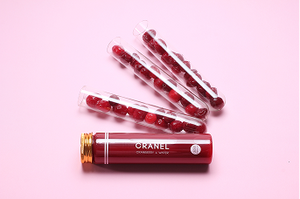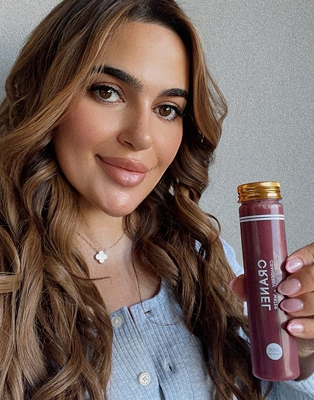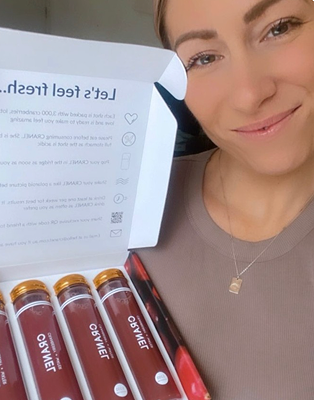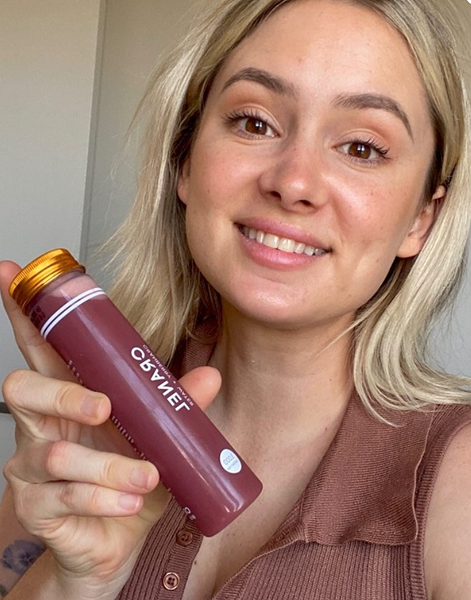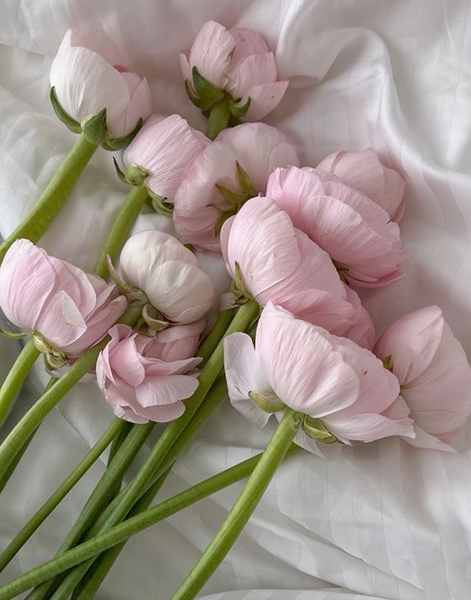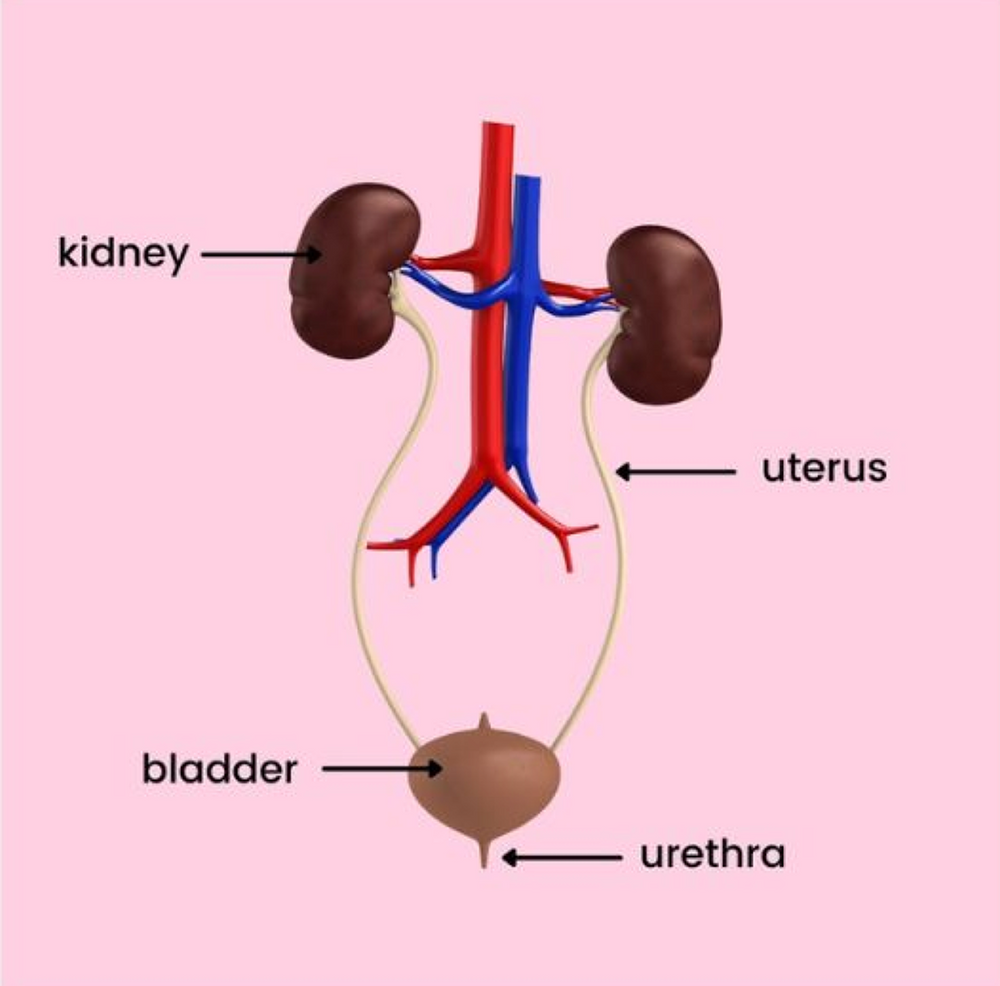
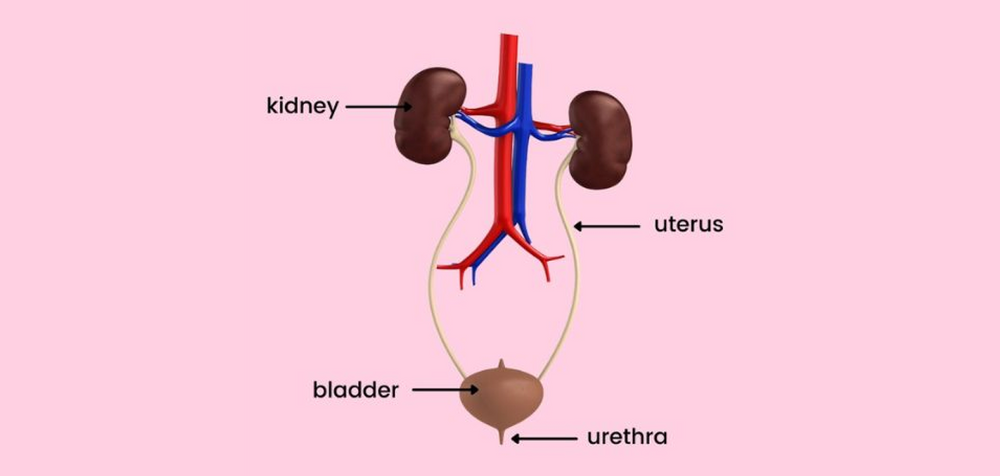
The urinary tract is the body's drainage system for removing urine and is made up of the kidneys uterus, bladder, and urethra.
So what causes the infection and where does it start?
UTIs are caused by a wide range of pathogens (bacteria) with the most common being Escherichia coli, more commonly known as E.coli.
A UTI typically starts with bacteria contaminating the tissue surrounding the urethra — from the gut. The contamination begins to colonise in the urethra and subsequently migrates to the bladder, thus compromising it and causing an infection².
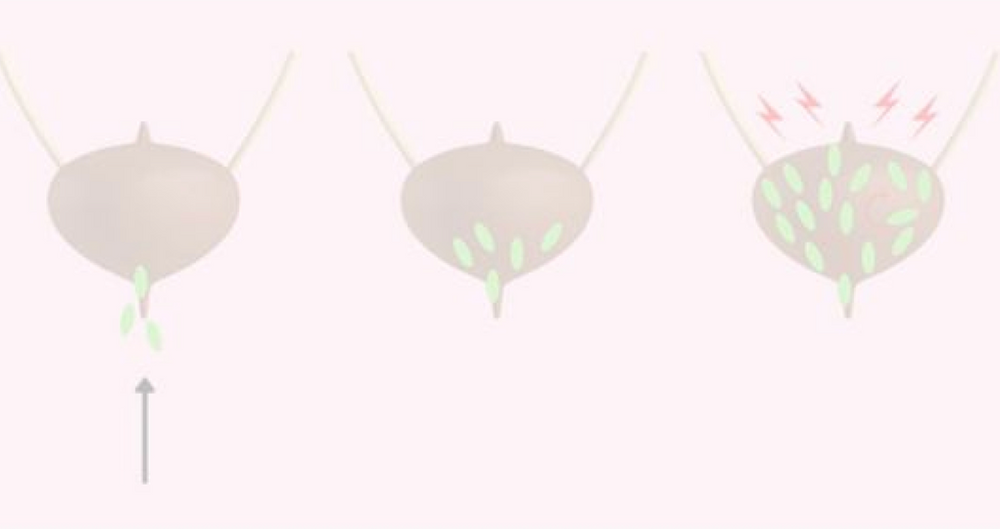

Do cranberries really work, or should I stick with antibiotics?
First and foremost, if you have any concerns, we recommend you speak to your health professional. There is a place for both cranberries and antibiotics and a medical professional should help you determine what is best suited for your circumstances.
Now, let us explain the difference between antibiotics and cranberries.
Antibiotics work by killing bacteria therefore eradicating the UTI from your body³. The problem with that is sometimes not all of the bacteria is killed, therefore leaving survivors who learn how to resist, or fight, the antibiotic. Once the bacteria learns how to fight the antibiotic, your body can become resistant to it. Antibiotic resistance can be extremely harmful in future circumstances.
Cranberries work by deactivating [or disabling] bacteria — not killing it⁴. Your body therefore treats it as a toxin and flushes it out of the body. This process does not allow the bacteria to learn to fight it, and therefore you cannot become resistant to it. Cranberries are seen as a preventative measure as opposed to a cure — this is because by deactivating the bacteria, the cranberry does not allow the bacteria to adhere to the bladder lining. Keeping on top of your cranberry intake has been studied to keep the bacteria flush from your body.
CRANEL is loaded with 3,000 cranberries — more than the recommended amount to keep your body flush!
WANT TO LEARN MORE?
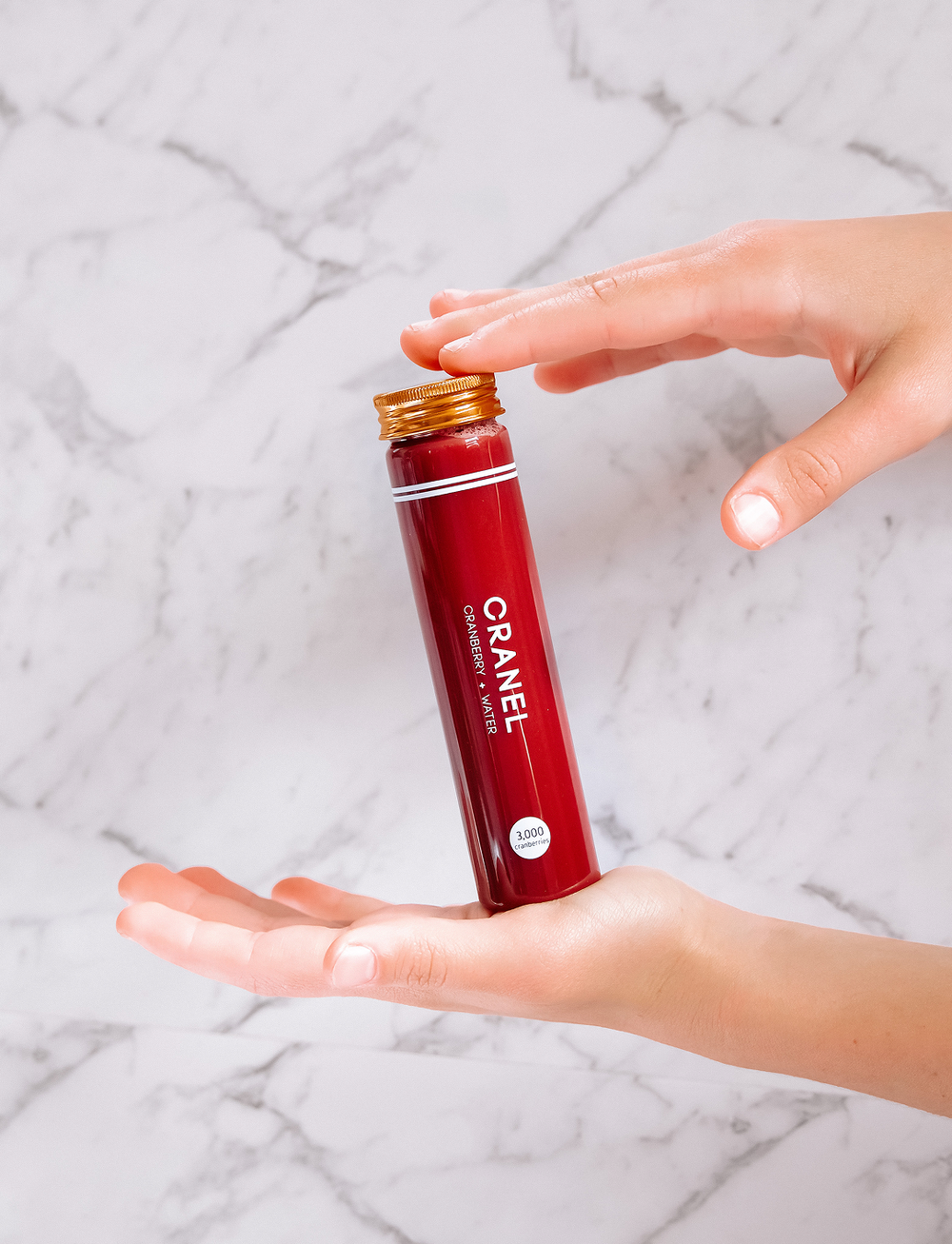
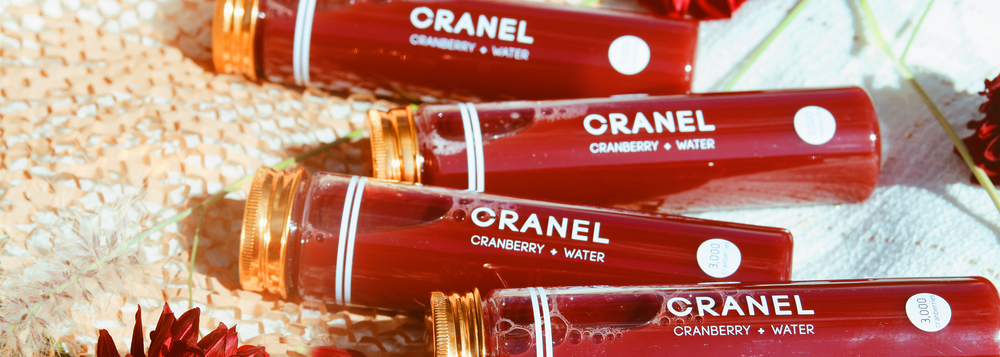
-------
Bacterial Vaginosis (BV) is an imbalance in the vaginal flora which creates an overgrowth of bad bacteria in the vagina.
LET CRANEL HELP!


WHAT DO THESE TERMS MEAN?
1. Let's start with vaginal flora: Vaginal microbiome, also referred to as the vaginal flora, is the term used to describe the colonies of bacteria that reside in the vagina. The vagina is filled with both good and bad bacteria that work together to keep the vagina balanced.
2. Balanced Vagina: A balanced vagina is talking about the pH level of the vagina. The pH scale is from 1 - 14, where a pH of 1 indicates something is acidic and a pH of 14 indicates something is alkaline (basic). Foods like lemon and vinegar are very acidic, whereas vegetables like broccoli and cauliflower are more alkaline. A healthy vagina with the right amount of good and bad bacteria should have a pH level between 3.8 - 4.5.
3. Good Bacteria vs. Bad Bacteria: The "good" bacteria in the vagina is called Lactobacilli, and when the vagina is in perfect harmony, the lactobacilli outnumber the "bad" bacteria known as anaerobes. Anaerobic bacteria is a classification, meaning there are many types. The more common types of anaerobic bacteria in the vagina are Gardnerella vaginalis, Atopobium vaginae, Ureaplasma urealyticum, and Mycoplasma hominis. The most common BV infections are caused by excessive amounts of Gardnerella vaginalis in the vagina.
WANT TO LEARN MORE?
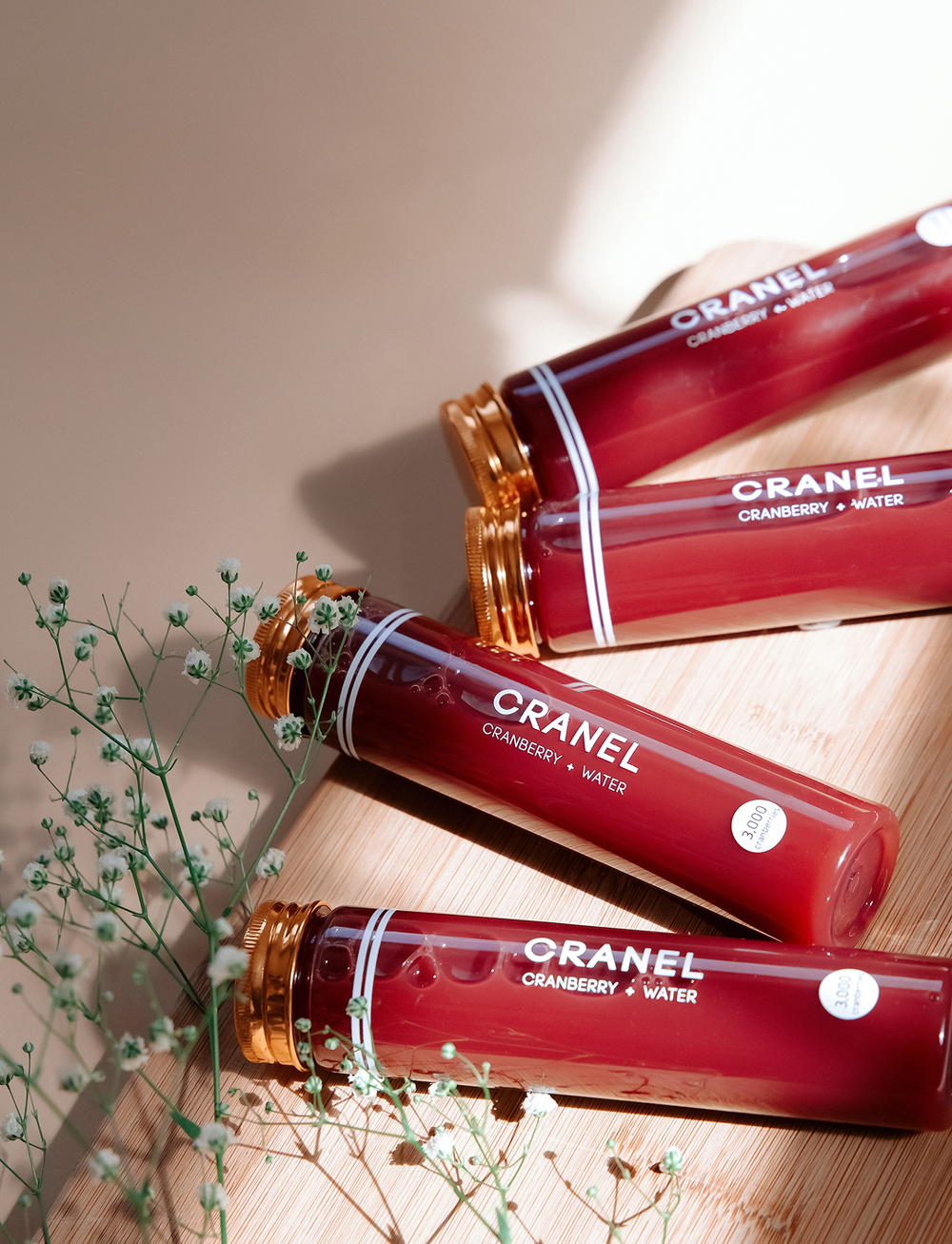
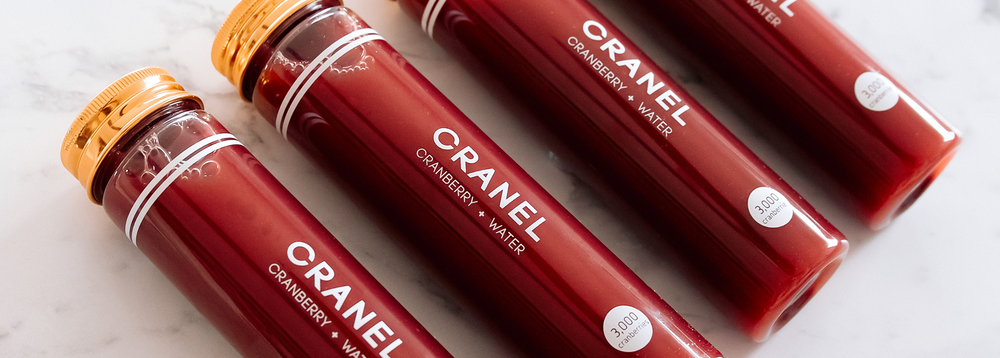
---
CRANBERRIES FOR GUT SUPPORT?
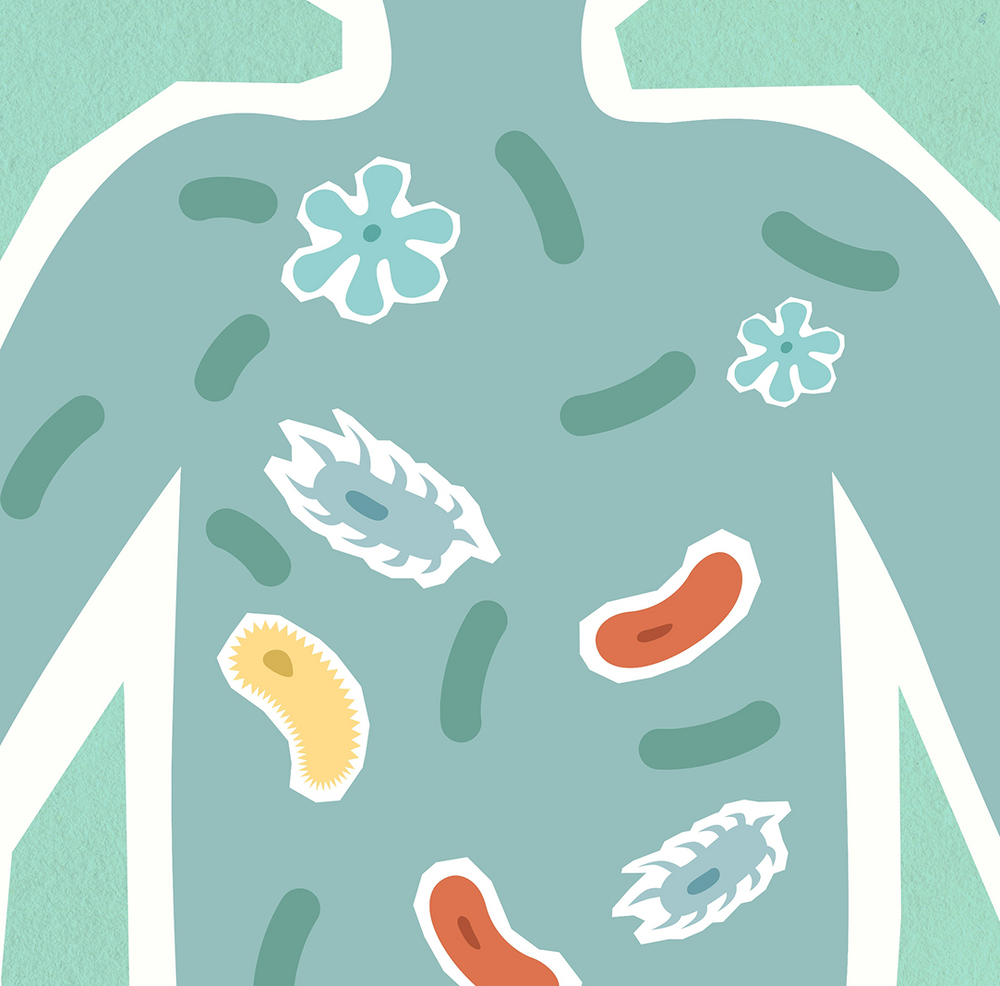

Emerging research highlights cranberry’s potential benefits for gut health.
The gut microbiota comprises trillions of microorganisms that play a crucial role in digestion, immunity, and overall health.
Dietary polyphenols, like those found in cranberries, can regulate the composition and activity of these microbial communities.
Notably, cranberry polyphenols have been shown to promote the growth of a beneficial bacterium associated with improved metabolic health and reduced inflammation.
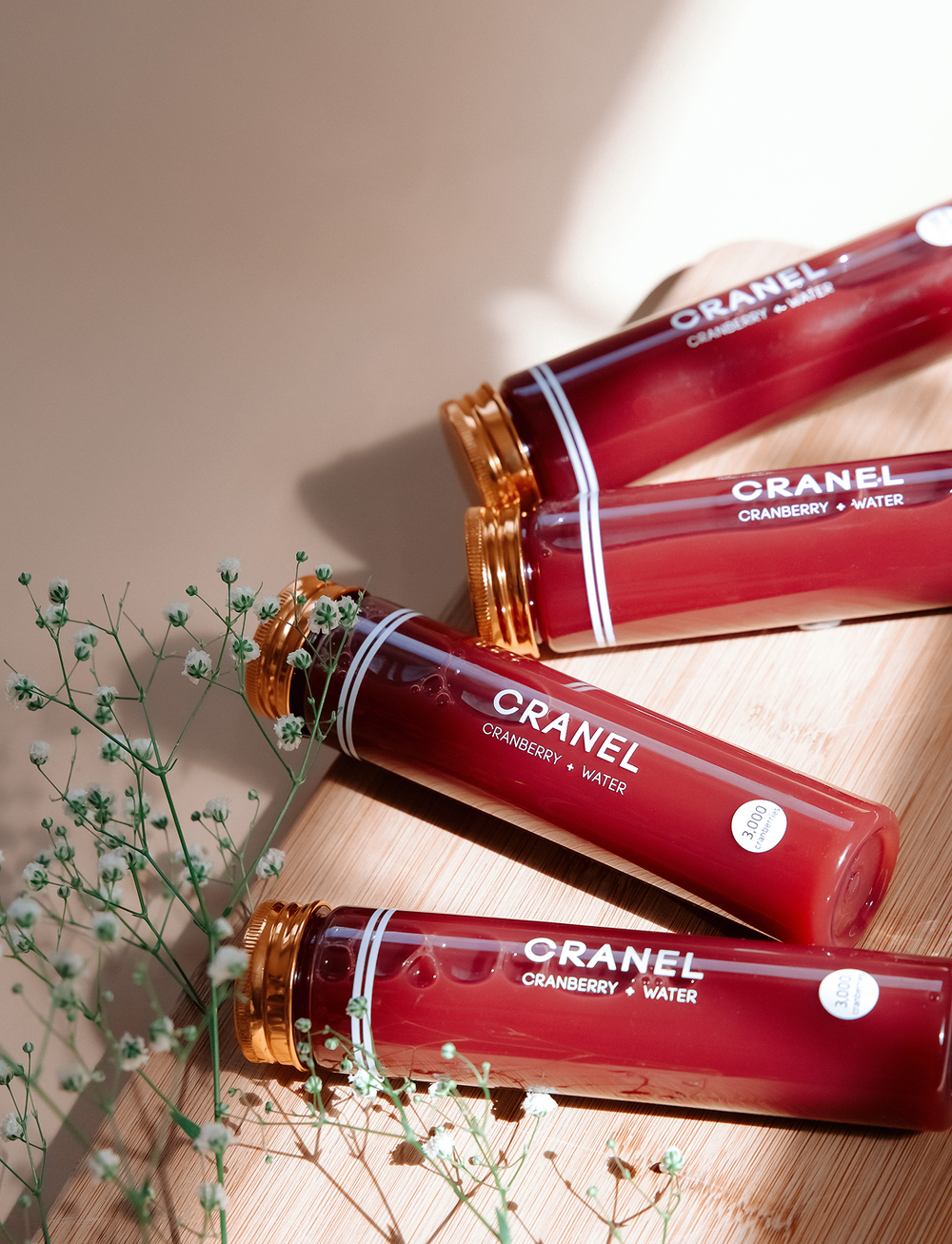
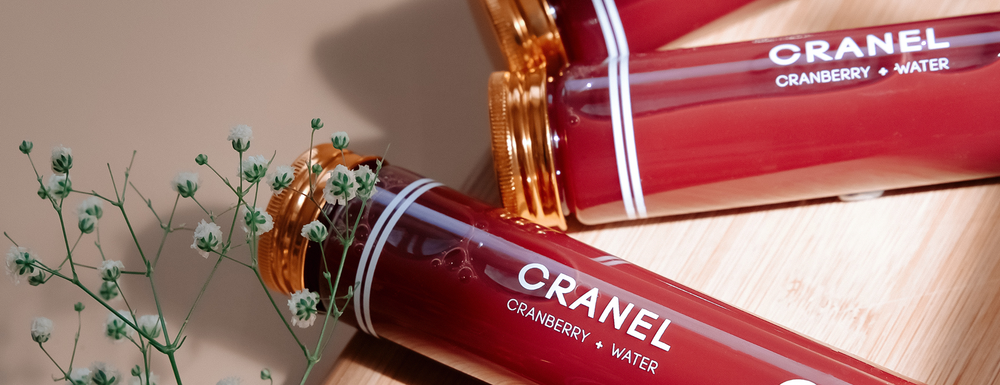
ENHANCED GUT BARRIER FUNCTION
A healthy gut barrier prevents harmful substances from entering the bloodstream.
Cranberry polyphenols have been found to up regulate markers associated with improved epithelial barrier function.
This enhancement contributes to reduced gut inflammation and supports overall intestinal health.
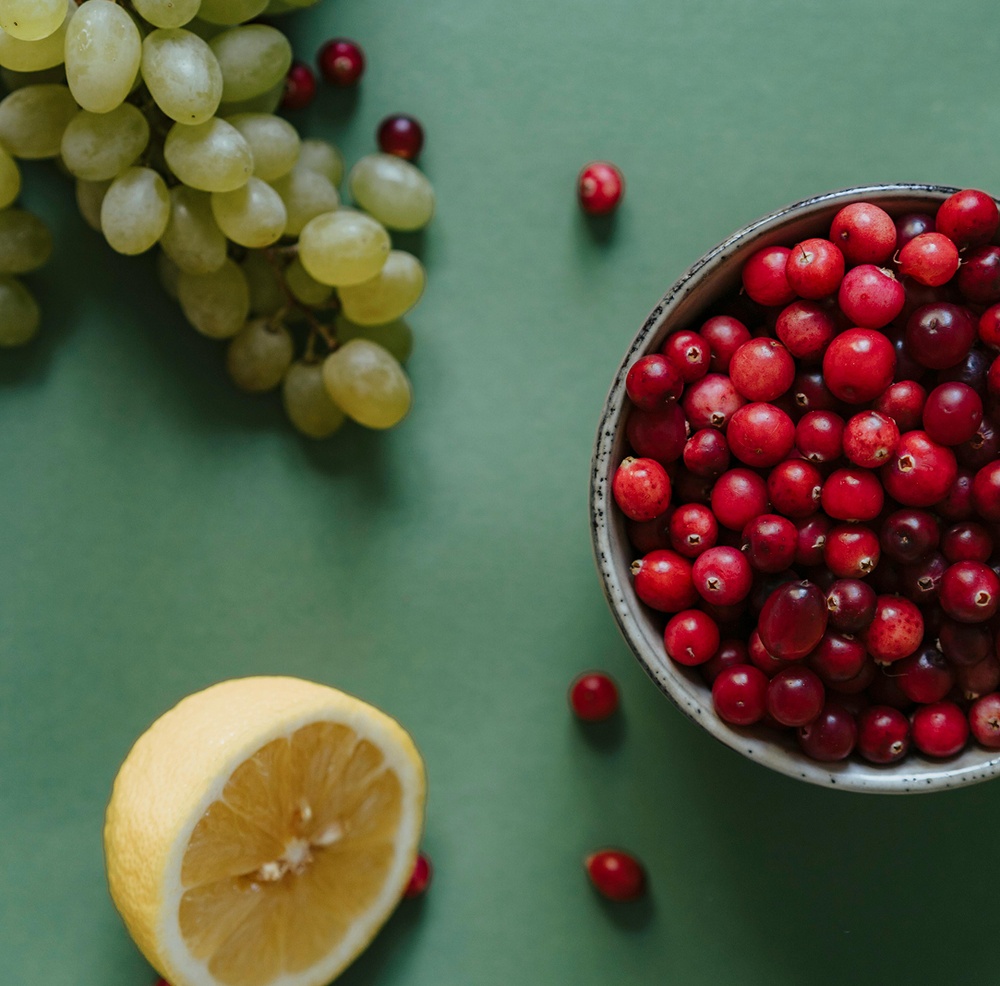

ANTI-INFLAMMATORY PROPERTIES
Chronic inflammation in the gut can lead to various health issues, including inflammatory bowel disease.
Cranberry polyphenols exhibit anti-inflammatory effects by modulating immune responses and reducing the production of pro-inflammatory cytokines.
WANT TO LEARN MORE
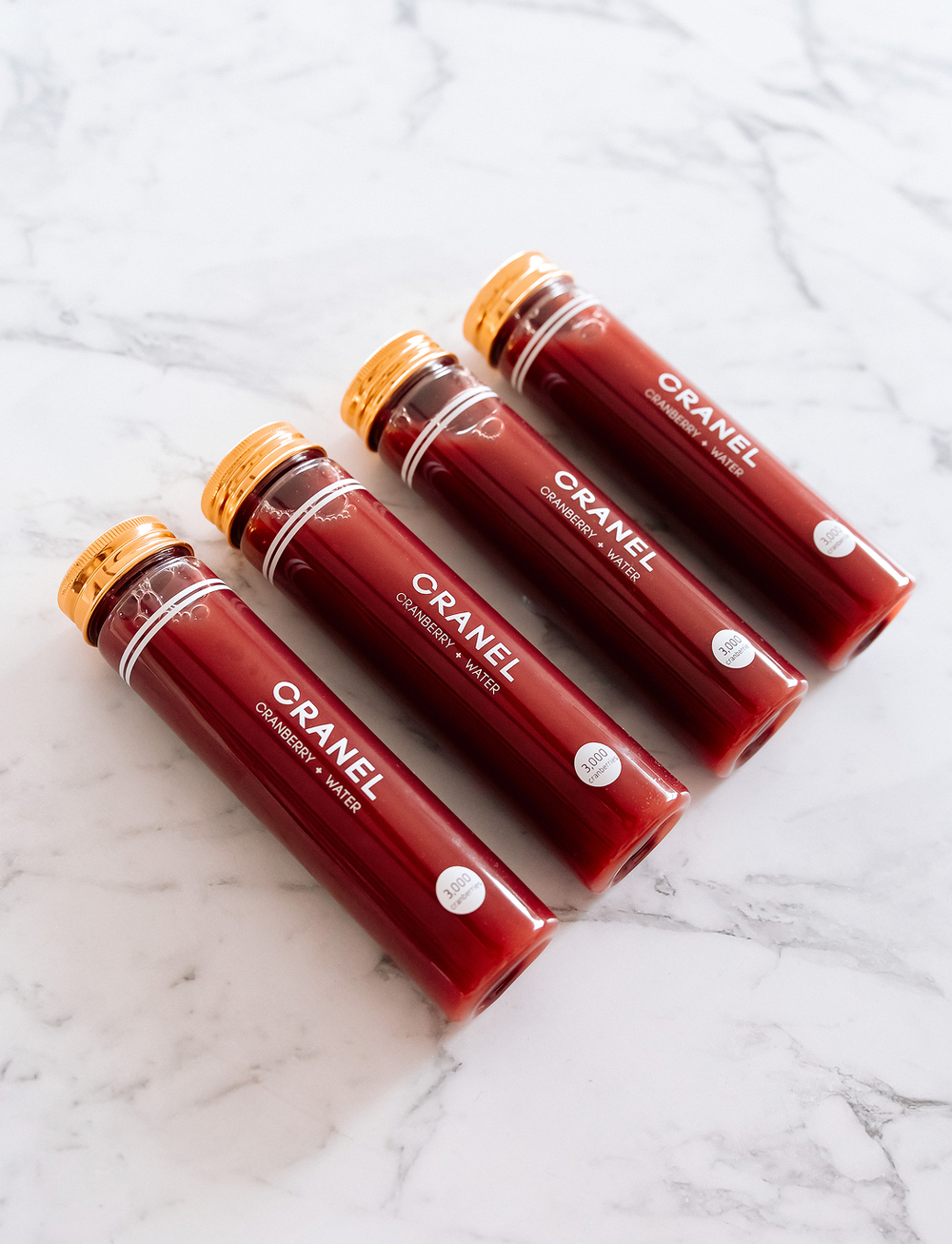
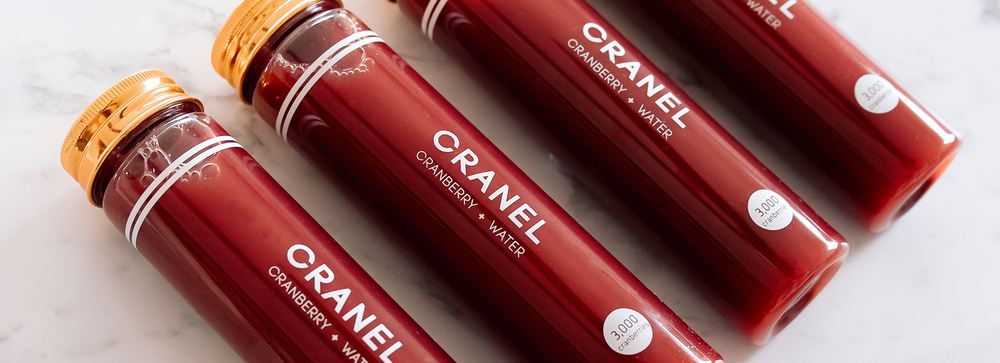
---
CRANBERRIES FOR MUSCLE RECOVERY
Thanks to their high polyphenol content, cranberries offer antioxidant and anti-inflammatory benefits that can support post-workout recovery.


THE SCIENCE
After intense exercise, muscles experience microscopic damage, leading to inflammation and oxidative stress.
This process is necessary for muscle growth but can also cause soreness, stiffness, and delayed recovery.
Polyphenols—plant-based compounds found in cranberries—are known to combat oxidative stress and reduce inflammation, making them a natural aid for muscle recovery.
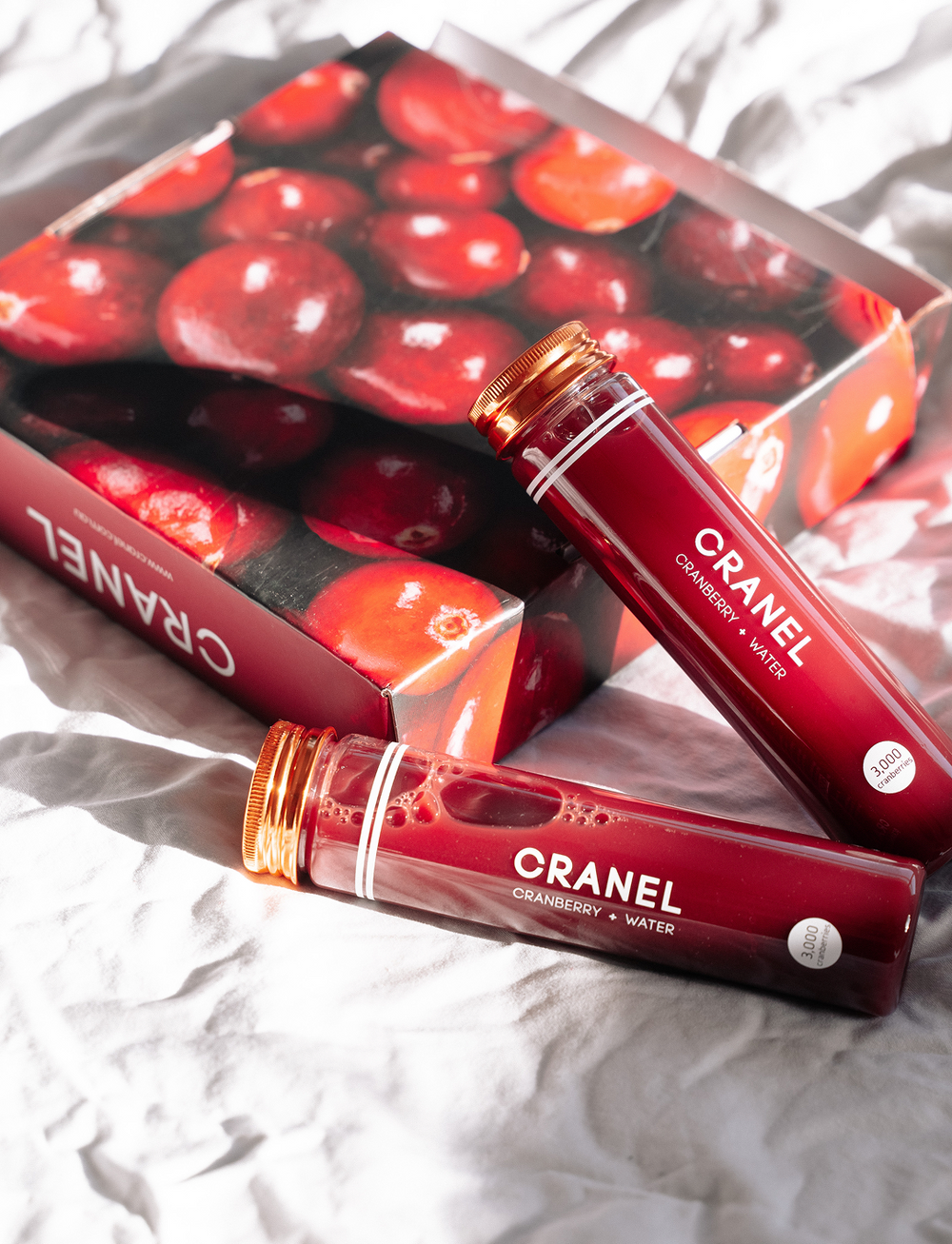
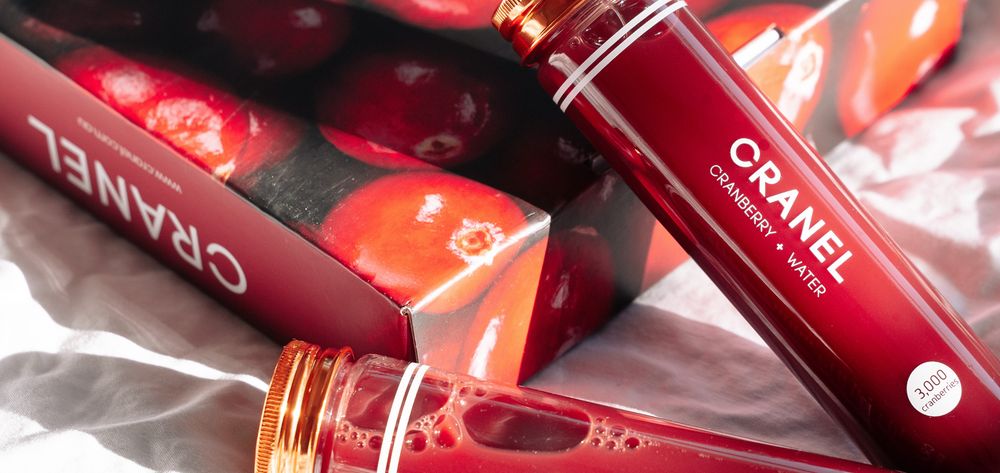
REDUCED INFLAMMATION
Chronic inflammation can delay muscle healing and lead to prolonged soreness. Studies suggest that polyphenol-rich foods, including cranberries, can help lower markers of inflammation like C-reactive protein (CRP) and interleukin-6 (IL-6), which are elevated after strenuous workouts.
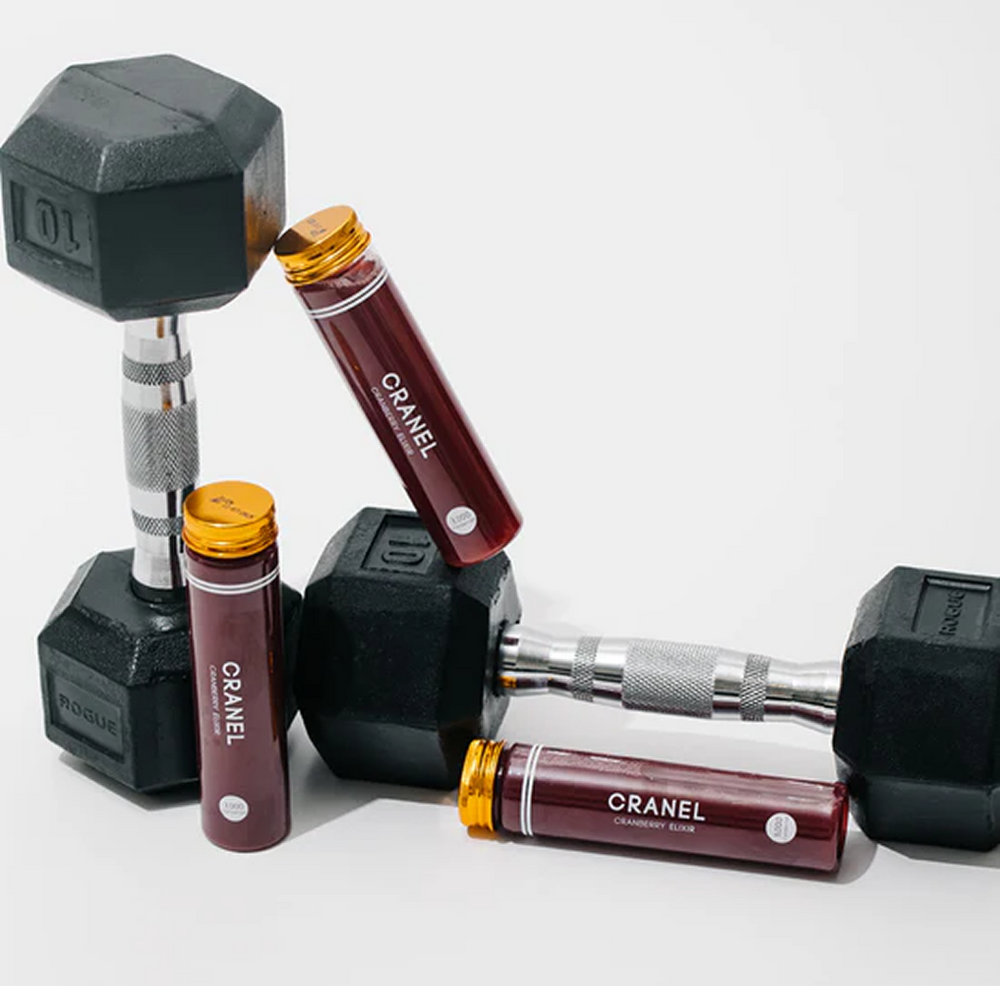

IMPROVED BLOOD FLOW AND OXYGEN DELIVERY
Polyphenols in cranberries also support vascular function by improving nitric oxide production, which enhances blood flow and oxygen delivery to muscles. This can help reduce muscle fatigue and support faster recovery.
WANT TO LEARN MORE?


FOLLOW US
@cranelofficialSign up to get your 10% off of your first order.


